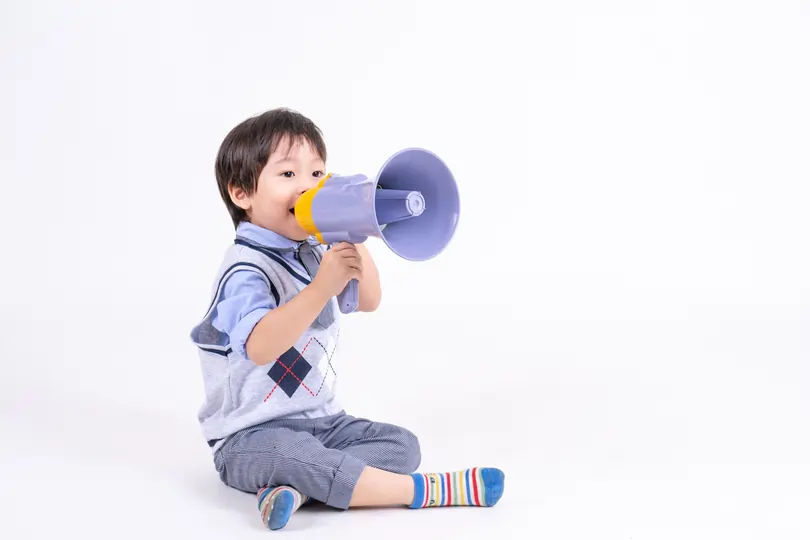Mastering Chinese oral picture description

Picture description is a fundamental skill in language learning. It allows your child to express ideas, tell stories, and convey information. In the context of learning Chinese, mastering the art of Chinese oral picture description can be a game-changer. If your child practices picture description regularly, they will also develop these skills:
- Vocabulary expansion: Describing images requires using a diverse range of vocabulary. Mastering picture description will naturally expand your child's Chinese vocabulary as they learn to describe various objects, actions, and scenarios.
- Speaking and pronunciation: Regularly practising Chinese oral picture description will improve their speaking skills and pronunciation. It will encourage them to articulate words and phrases clearly and confidently.
- Comprehension: To describe an image effectively, your child must first understand what they're seeing. This enhances their comprehension skills as they learn to interpret visual cues and details in Chinese.
- Grammar usage: Crafting descriptions involves applying grammar rules correctly. This skill contributes to better grammatical accuracy in your child's spoken Chinese.
- Conversational skills: Chinese oral picture description helps your child participate in conversations by enabling them to express their thoughts and ideas more fluently and coherently.
- Cultural understanding: As they learn how to describe images related to various aspects of Chinese culture, they gain a deeper understanding of the culture itself, which can be valuable in real-life interactions.
Since mastering picture description is a valuable skill that can boost your child's performance in P3 and P4 exams and enhance their chances of scoring well in PSLE Orals by improving fluency, vocabulary, grammar, and more, let's explore how you can support your child's improvement.
Understanding the basics
Chinese oral picture description involves describing a given image in the Chinese language. This skill is particularly relevant for language learners as it enhances vocabulary, comprehension, and speaking abilities. It's a practical way to apply what your child has learned in real-life scenarios.
Tips for effective Chinese oral picture description
- Start with observation: Encourage your child by telling them to begin by carefully observing the image. Make them take note of the elements, objects, people, and their interactions. This initial observation will help them organise their thoughts.
- Use adjectives and adverbs: Descriptive words are their best friends. Ensure that your child uses adjectives to describe objects and adverbs to explain actions. For example, if they see a street that has many vehicles, they can say, "繁忙的街道" (fánmáng de jiēdào), which means "busy street."
- Structure their description: Divide the description into clear sections. Your child should start with an introduction, describe the main elements, and conclude with a summary or their personal opinion.
- Practice pronunciation: Pay attention to their pronunciation. Make them practice speaking slowly and clearly. Record their voice if possible, and compare their pronunciation to native speakers.
- Expand your vocabulary: Regularly expand their vocabulary related to common themes in picture descriptions, such as nature, family, travel, and daily life.
Common challenges and how to overcome them
- Vocabulary limitations: If your child struggles with finding the right words, consider using picture dictionaries or language-learning apps to expand their vocabulary.
- Grammar Concerns: To address grammar issues, consult Chinese language textbooks or sign up for Geniebook's online Chinese tuition where dual teacher classes help them master vocabulary, pronunciation, grammar, flow of language, and more. Regular grammar practice is essential.
 SG
SG  VN
VN 














